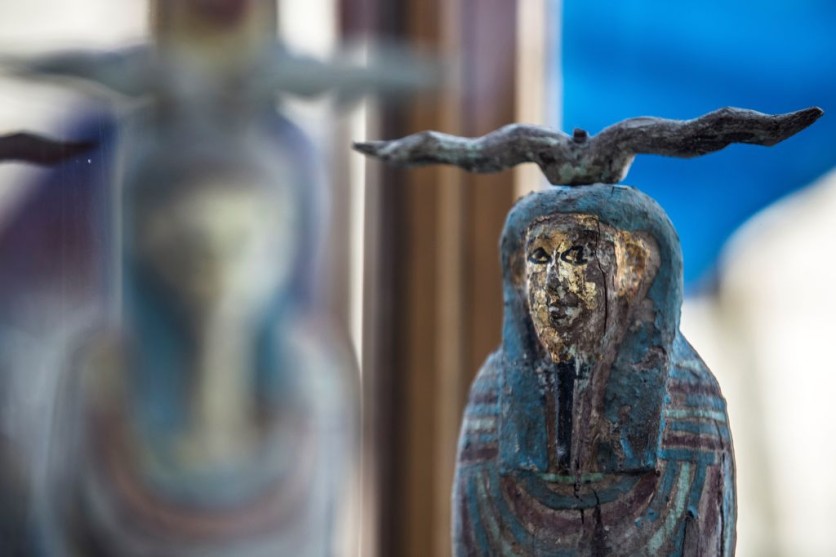Egypt has an abundance of historical artifacts, which can be largely attributed to the ancient practices of mummifying the remains of the deceased that archaeologists continue to uncover today. But this new find might bear heavier historical significance than those previously found yet.
Archaeologists excavating near Cairo, Egypt have unearthed a Pharaonic tomb, which may hold the oldest and most complete mummy ever uncovered in the country, according to a report by Reuters.

4,300-Year-Old Mummy
Zahi Hawass, the team's director, said that the 4,300-year-old mummy was discovered at the bottom of a 15-meter hole in a freshly discovered cluster of fifth and sixth dynasty tombs close to the Step Pyramid at Saqqara.
He adds that this mummy may just be the most complete and oldest found in the country so far.
The mummified man was found by Hawass and a group of 10 assistants 20 meters (66 feet) down at the Gisr el-Mudir enclosure, beneath the old Step Pyramid of Djoser in the Saqqara village.
According to Hawass, the mummy was in one of the shafts the team entered and was placed in a 25-ton stone casket, the lid of which weighed five tonnes by itself.
He recalled that when they uncovered the lid, they were mesmerized by the beautiful mummy adorned in layers of gold, with a bracelet on the chest, and a band on the head. These accessories may indicate that this person was rich or that he may have belonged to a high-ranking family.
The mummified man, who goes by the name Hekashepes, was preserved in a mortar-sealed limestone sarcophagus.
Old Kingdom Finds
Two graves were among the numerous other Old Kingdom items found, according to Hawass, one of which was from the time between 2494 and 2487 BC, when King Unas of the Fifth Dynasty ruled the country.
Additionally, a shaft containing three statues of an individual, and nine other statues were discovered behind a false door.
Hawass told CNN that the statues are significant because they provide information on Old Kingdom art for the first time. The finds include a variety of statues, such as servant statues, double statues, and single statues.
One of the graves discovered belonged to Khnumdjedef, who served as a priest, an overseer of nobles, and an inspector of officials under the rule of Unas, the last pharaoh of the fifth dynasty.
Meri, who held numerous significant titles, including keeper of the secrets and assistant to the great leader of the palace, had the second-largest tomb, according to Hawass.
According to the carvings on the coffin, a second 10-meter-deep grave also housed a stone sarcophagus and wooden and stone sculptures. It also contained the mummy of a man named Fetek.
Several statues were also discovered amid the tombs, one of which was a figure of a man, his wife, and servants.
Related Article : [LOOK] Warsaw Mummy Project Reveals Portrait of Egyptian 'Mysterious Lady' Through Facial Reconstruction

ⓒ 2025 TECHTIMES.com All rights reserved. Do not reproduce without permission.




